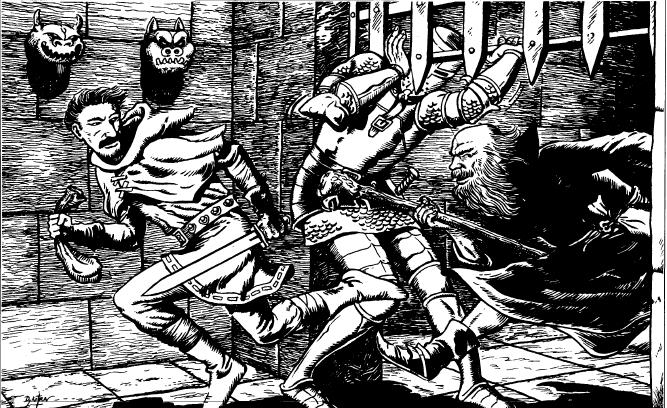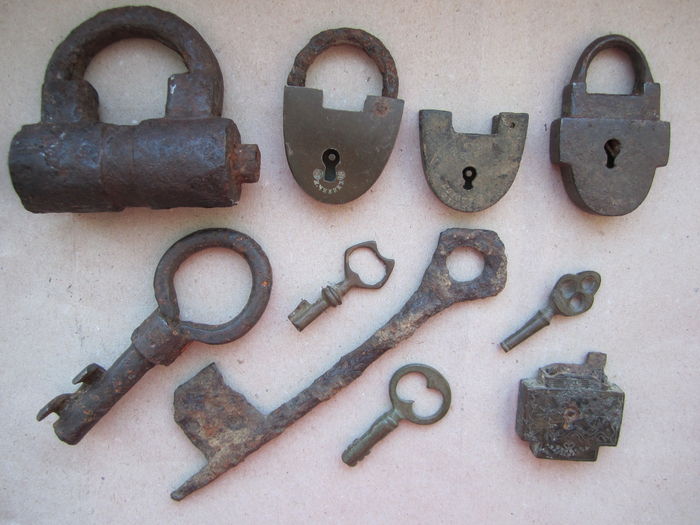My recent article on Thieve’s Tools was widely popular and this led me to think outside the box a bit about what might else might interest people that are building dungeons for their players. A few of the comments were from people with far more expertise about locks and lock picking than I have. But I did some research into Medieval locks and this article will discuss these locks in the context that Dungeons and Dragons locks would likely be similar.
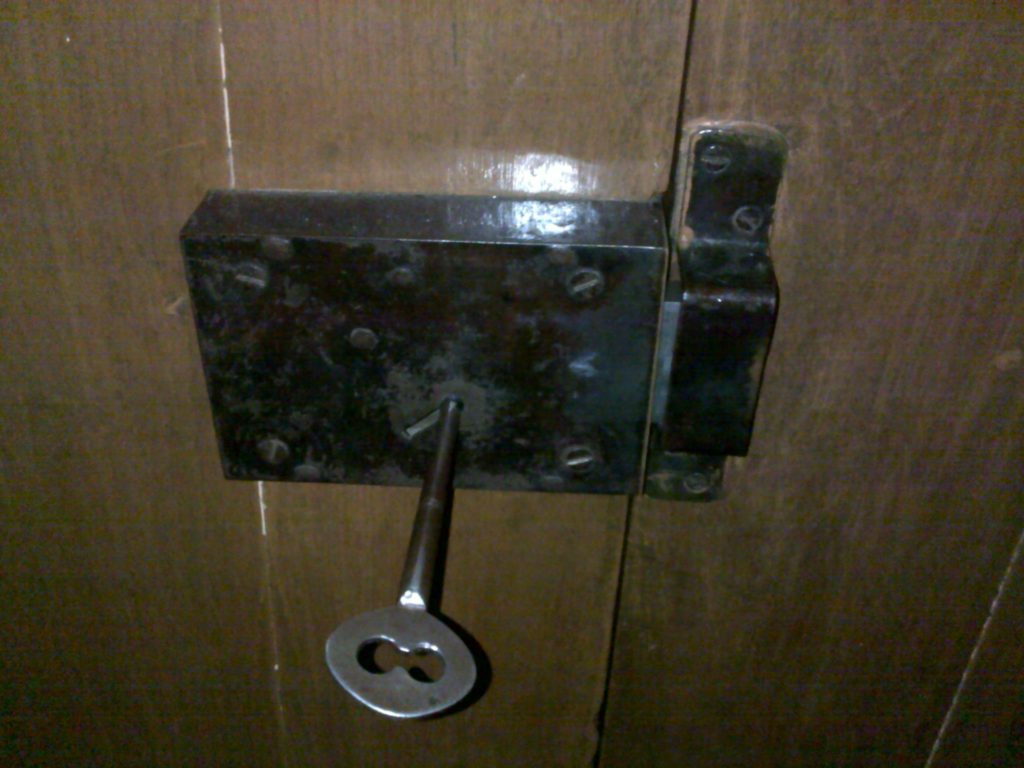
What did people use locks for in medieval times?
Locks were used for a lot of purpose. Dungeons, of course, were one of them. A medieval dungeon and a fantasy dungeon are, of course, different things. A medieval dungeon was used for housing prisoners (criminals, political prisoners, enemies of the state, etc). And fantasy dungeons tend to house monsters and villains and, yes, sometimes criminals too.
Some known uses for locks in the medieval world are:
- Dungeons (of course!)
- Manacles
- Houses
- Shops
- Chastity belts
- Balls and chains
- Treasure chests
- Cages
- Torture devices (iron maidens, etc)
- Cell doors
- City gates
- Coffins (You won’t want the dead leaving their grave)
- And probably dozens of things that I have never really considered

How long have locks been around?
Locks were mentioned in the Old Testament. They have been around at least that long. The book of Nehemiah mentions that the gates of Jerusalem were locked at barred. The Romans were also known to have used locks. They made padlocks of iron. But even those locks may not have been the first. The Khorsabad palace in Nineveh was found to have a wooden lock. This lock is believed to be nearly 4000 years old. But even that lock may not be the first. It is believed that the ancient Egyptians were creating wooden locks as early as early as 6000 years ago.
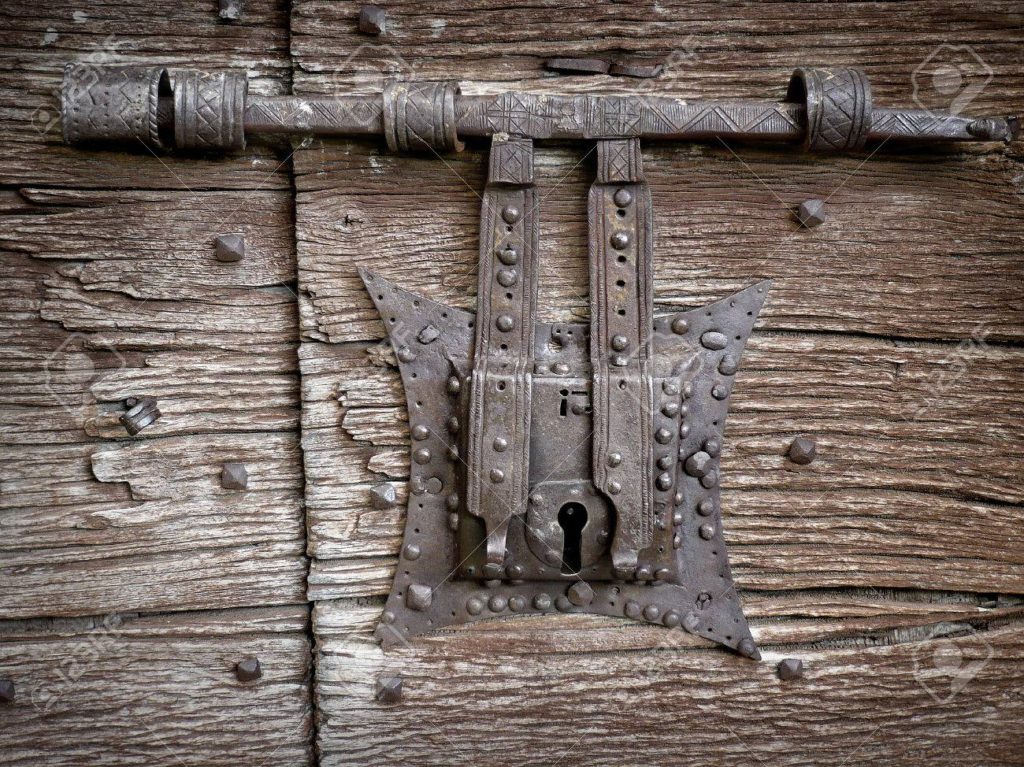
Types of locks used in medieval times
There were a few types of locks that were widely used during the middle ages. Some of these locks include:
- Warded locks – This type of lock uses a series of “Wards” or obstructions to prevent the lock from opening until the correct key is inserted. The correct key will have notches or slots that correspond to these wards and allow the key to turn in the lock. These types of locks were used widely in monasteries during the middle ages. The weakness of this type of lock is that a well designed skeleton key can bypass many of these wards and still turn. This type of lock has been around since ancient China and the Roman Empire.
- Level Tumbler Locks – This type of lock was not available during the middle ages but was designed to improve upon the design and to make skeleton keys unable to open them. These locks use a set of levers to prevent the bolt from moving in the lock. They were not available until 1778 but I mention them here to show the evolution in lock design.
- Padlocks – are portable locks that have a shackle that can be placed through an opening in order to prevent access to it. These locks have been around since as early as the Roman era. It is believed that they date back to between 500 BC and 300 AD.
- Dead bolts – Norman castle doors in the middle ages were known to have this type of lock. This type of lock required the key to be turned a full turn as the key was directly sliding the bolt.
- Custom locks – By the late medieval years locks became more sophisticated. Locks were cleverly hidden as were the keyholes. The owner of the lock would know where to press in order to reveal the keyhole. A spring would slide a piece of metal away to reveal the keyhole. Sometimes carvings or painting would also conceal the keyhole. These locks would come with only one key that could open it. Sometimes they even placed fake keyholes to confuse lock pickers.
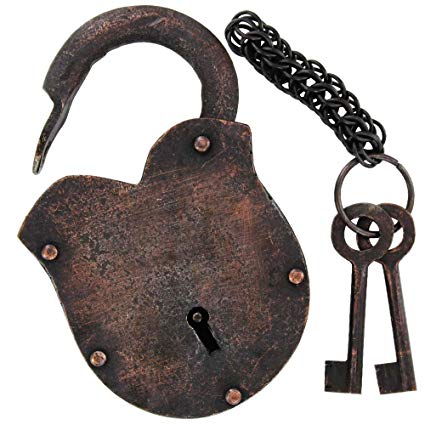
What were locks made out of?
Different materials were used over the years to make locks. Obviously the need for security had a lot to do with the development of different metals used in them. Some of these materials used to make locks included:
- Brass
- Bronze
- Silver
- Wood
- Iron
Even as early as Roman times iron was being used for some locks. Often they had bronze keys. At first Blacksmiths were the usual maker of locks. Later specialized locksmiths began plying their trade.
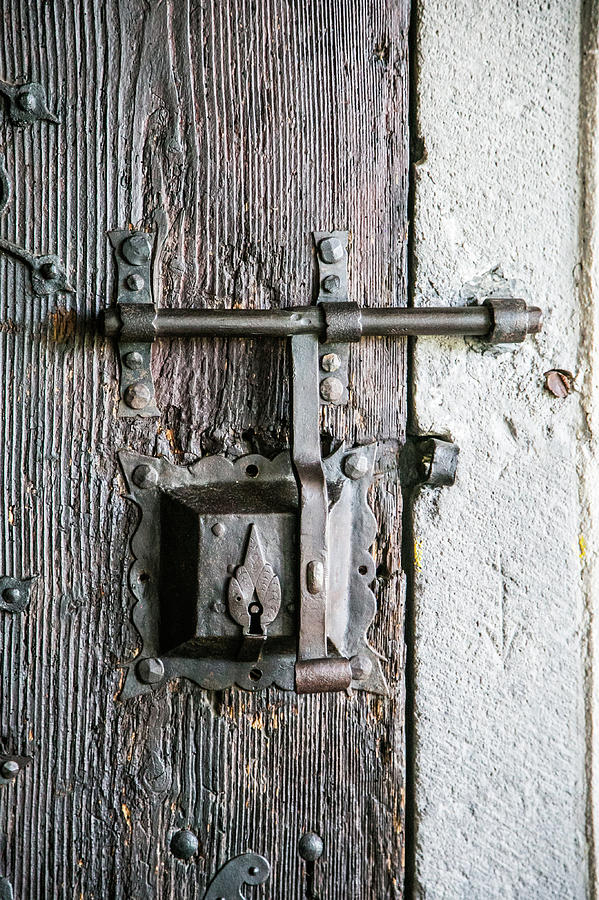
So how does all of this relate to Dungeons and Dragons?
There are many places in a Dungeons and Dragons campaign where locks are likely to be employed. Most likely the Dungeon Master would want to use iron for the lock to make it the most difficult material to break. Places where such locks would be found might include:
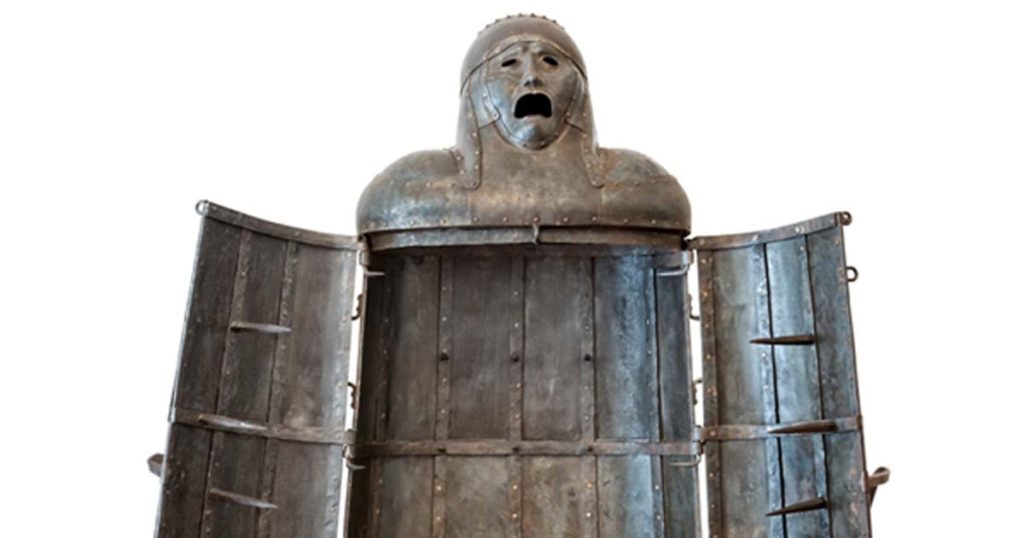
- Treasure chests – of course this is the number one place. Some chests might be found open or unlocked but most people who own treasure are going to want to keep it safe. Chests are heavy. Sometimes they are banded to protect from cutting into the chest. By the middle ages locks were often stronger than the chests or doors that they protected.
- Doors – most average people could not have afforded to have a lock put in. Nobles and wealthy people could have and probably would have put locks in. Anyone who owns treasure is likely to lock more than just the chest it is in. They are going to lock the room where it is found. And they are likely to lock the front door to the castle or home.
- City gates – gates were often locked at night or after curfew. They were opened in the morning. They often contained postings of announcements about new taxes, toll schedules, new laws, etc.
- Shackles – dungeons often have prisoners. Sometimes they are allowed to roam free in their cells and other times they are chained to a wall or to each other. Or they might be chained to a heavy iron ball to prevent them from moving quickly but allowing them some ability to move.
- Spell books – why let others pry into your spells? And if the mage is killed…no need for anyone else to be able to read it.
- Traps – if you want to set a trap or temporarily disarm it a lock is an easy way to do it quickly.
- Dungeon cells – locks would be used to keep prisoners in their cells or cages.
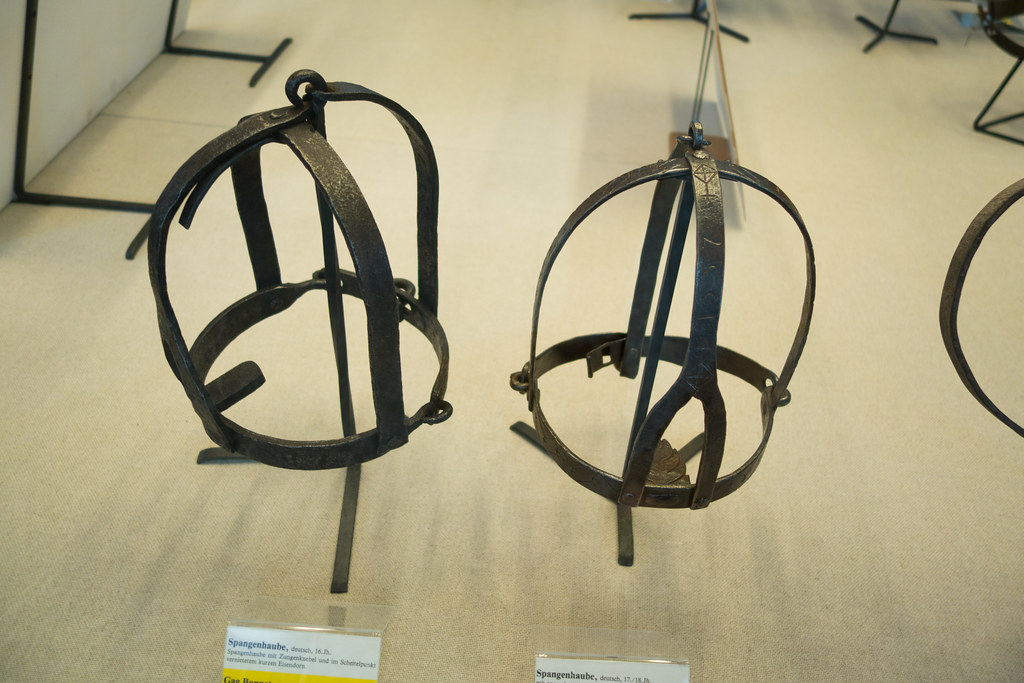
Lock use in Dungeons and Dragons have nearly infinite applications
But the types of locks themselves are pretty limited. There could be, of course, magical locks created for your campaign. Or perhaps some king might commission someone to create a new one. Placing locks is intended to prevent, or slow down, would be thieves and protect valuables or to keep access (or freedom) restricted.
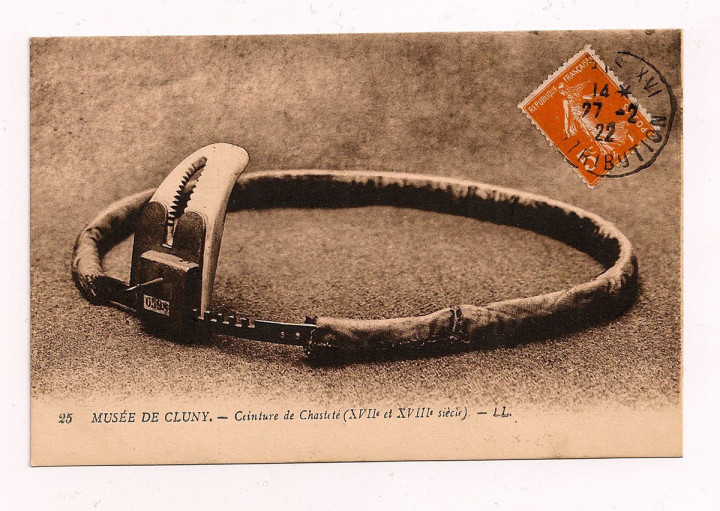
If you enjoyed this article then you might enjoy these as well:
